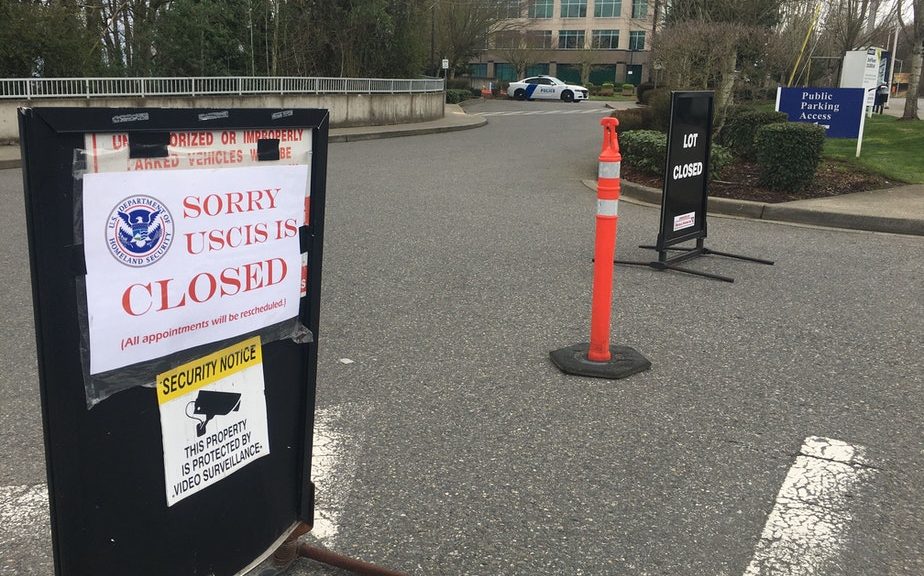
13 Changes to the US Immigration System during the Coronavirus Pandemic
Post by Rohan Gupta. Colgate Class of 2022.
Source: Alvarez, Priscilla. “13 Changes to the US Immigration System during the Coronavirus Pandemic.” CNN, Cable News Network, 20 Mar. 2020.
This article focuses mainly on the impact of the coronavirus on U.S. immigration and related immigration policies. In the article, the author, Priscilla Alvarez, describes immigration trends in the United States in response to the coronavirus. Alvarez also describes how ICE and government services are changing their respective operations in response to the coronavirus.
Alvarez first points out how on March 13th, the United States implemented travel restrictions on visitors from most European countries. Similarly, on March 18th, the United States and Canada both agreed to suspend most cross-border travel in order to help stem the spread of the virus. Although trade of goods was not to be affected, people who were trying to enter the country for vacation, work, etc. were restricted from entering. Next, on March 20th, the U.S and Mexico decided to limit cross-border travel. The only exceptions were travel for medical purposes or to attend school. The United States also suspended all entry of migrants who did not possess proper travel documentation. This applied to both the northern and southern border and these migrants were to be immediately be turned away, removed, or returned to their country of origin. These strict measures were intended to stop or stem the flow of people to the United States across its border in order to slow the spread of coronavirus and to protect the health of the workers on the border processing the flow of immigrants to and from the United States.
The coronavirus has also substantially impacted the operations of ICE. Initially, ICE decided to suspend all social visitation at their detention facilities in order to protect the staff and detainees. In addition, ICE subsequently announced that it will be rescheduling in-person appointments of immigrants who are not in the detention centers to help contain the spread of the virus through minimizing contact. ICE also extended the time period to check in once released from 30 to 60 days. ICE also relaxed its enforcement operations to focus only on people who pose a public safety risk and are “subject to mandatory detention based on criminal grounds”. ICE announced that it will not carry out enforcement operations at or near health care facilities, so that immigrants don’t worry about seeking proper health care. ICE has taken all of these measures in order to protect the health and safety of both its employees and immigrants.
Finally, the last main point that Alvarez highlights is how the government is changing some of its policies and services. First, the US Citizenship and Immigration Services announced that it is suspending in-person services. The government also is pausing refugee admissions. This decision came after the International Organization for Migration announced a suspension of resettlement travel. Finally, the Justice Department is closing some immigration courts and postponing all hearings of cases of immigrants who are not in detention.
All of these changes, from closing the U.S borders, to ICE relaxing its enforcement of operations, to the government changing its policies and services, shows that the U.S. government is primarily focused on the health and safety of its workers processing immigrants and the immigrants themselves. These extreme measures were necessary to deal with the extraordinary circumstances presented by the spread of the coronavirus.